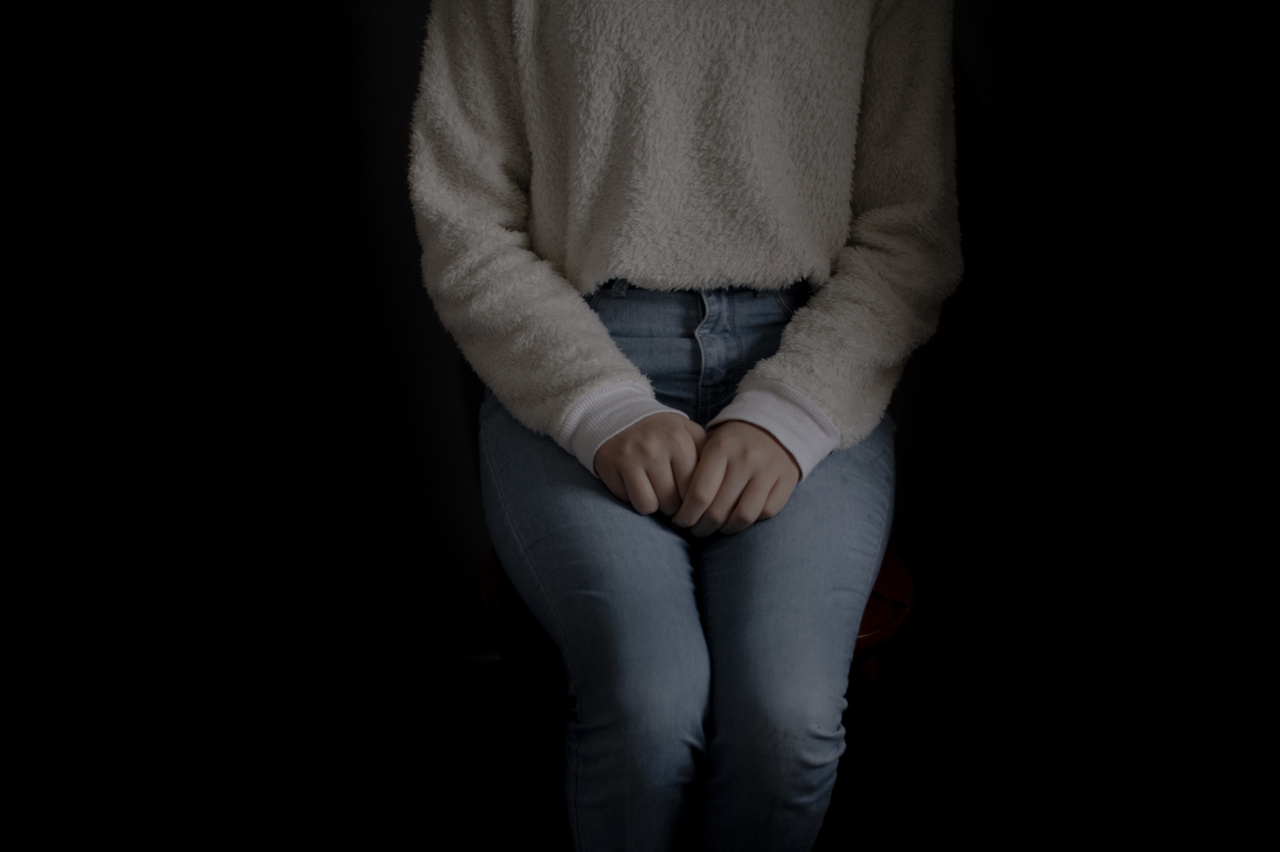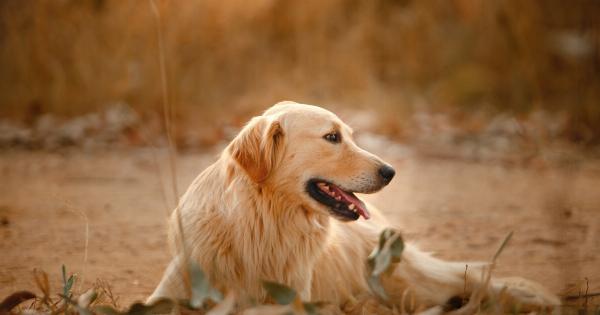Many dogs experience anxiety and fear during thunderstorms. The loud noises, flashing lights, and changes in barometric pressure can trigger a range of fearful behaviors in our furry friends.
However, it’s essential to understand that there are effective techniques and tips to help calm your dog during storms and reduce their anxiety. In this article, we will explore various strategies to comfort your dog and provide a sense of relief and security.
1. Create a Safe Space
Designate a specific area in your home where your dog can retreat during storms. This space should be quiet, secluded, and preferably without windows or direct exposure to external sounds.
Make it cozy by placing your dog’s bed, toys, and comforting blankets in this area. By having a dedicated safe space, your dog will associate it with a sense of security and comfort during storms.
2. Use ThunderShirts or Anxiety Wraps
Consider using ThunderShirts or anxiety wraps, which are specially designed garments that provide gentle pressure and help reduce anxiety in dogs. These garments mimic the feeling of being swaddled, similar to the calming effect it has on human babies.
The gentle pressure can help your dog feel safe and secure, alleviating their anxiety during storms.
3. Provide Sound and Noise Distractions
During storms, create a positive distraction by playing calming music or ambient noise to mask the sounds of thunder and lightning. There are even specific playlists and CDs available that have been designed to soothe anxious dogs.
The sound or noise distraction can help redirect your dog’s attention and create a more relaxed environment.
4. Close Curtains and Use White Noise
Close the curtains or blinds in your home to block out the flashes of lightning. The sudden changes in brightness can contribute to your dog’s anxiety.
Additionally, using a white noise machine or a fan can help drown out the sound of thunder and create a more consistent background noise that can be soothing for your dog.
5. Behavior Modification Techniques
Implement behavior modification techniques to desensitize your dog to storms gradually. Start by playing recorded storm sounds at a low volume and paired with positive experiences such as treats, playtime, or gentle petting.
Gradually increase the volume over time while continuing to provide positive reinforcement. This process can help your dog associate storms with positive experiences rather than fear and anxiety.
6. Consult with a Professional
If your dog’s storm anxiety is severe or persistent, it may be beneficial to seek professional help. A professional dog trainer or animal behaviorist can work with you and your dog to develop a tailored behavior modification plan.
They can guide you through the desensitization process and provide additional techniques to address your dog’s specific fears and anxieties.
7. Create a Calm Environment
For dogs, environmental cues play a significant role in their emotional state. During storms, try to create a calm environment by turning on soft, warm lighting and closing doors to minimize echo or reverberation.
Maintaining a serene atmosphere can help your dog feel more relaxed and less anxious during thunderstorms.
8. Use Pheromone Products
Pheromone products such as diffusers, sprays, or collars can help reduce anxiety in dogs. These products release calming pheromones that mimic the natural scents produced by mother dogs to comfort their puppies.
The pheromones can help create a sense of safety and security for your dog, promoting relaxation during storms.
9. Maintain a Routine
Stick to your daily routine as much as possible during storms. Dogs find comfort in consistency and familiarity.
By maintaining their regular feeding, exercise, and playtime schedule, you can reassure your dog that everything is normal and reduce their stress levels.
10. Avoid Punishment
Avoid punishing or scolding your dog for their fearful behavior during storms. Punishment will only worsen their anxiety and may lead to additional behavioral issues.
Instead, focus on providing comfort, reassurance, and positive reinforcement when they exhibit calm behavior. Remember, patience and understanding are key when dealing with your dog’s storm fears.
By implementing these techniques and tips, you can help reduce your dog’s anxiety during storms. Remember, each dog is unique, and it may take time to find the most effective solution for your furry friend.
Patience, consistency, and a calm demeanor will go a long way in helping your dog overcome their fear of thunder and lightning.





























